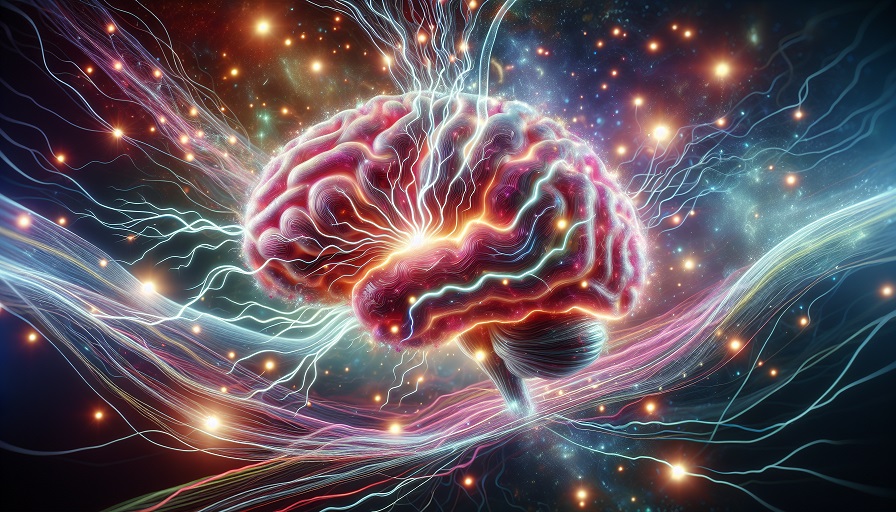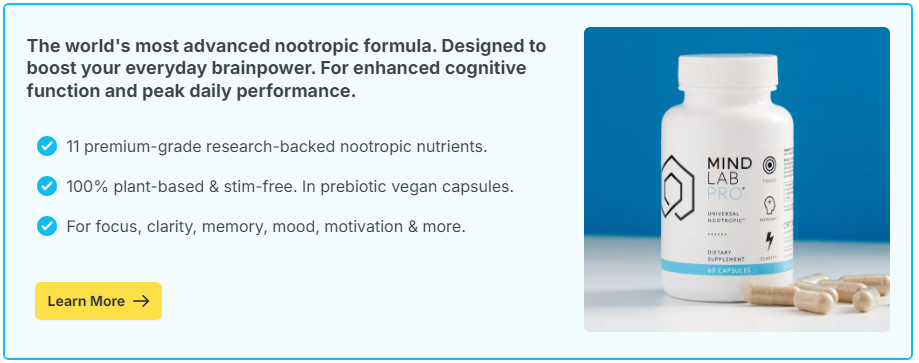
You blink without thinking. You recognize a friend’s voice before they even say your name. You get a “gut feeling” about a decision – long before you can explain it. Behind these seemingly automatic moments is a silent engine working overtime: your subconscious mind.
Although it hides in the background, the subconscious isn’t a passive passenger. It drives much of your thinking, learning, and behaving. It’s the quiet powerhouse shaping your identity, processing information faster than your conscious mind ever could, and solving problems even as you sleep. And often, it does this without fanfare or formal invitation.
Contents
What Exactly Is the Subconscious?
The subconscious mind refers to the layer of mental activity that operates just below conscious awareness. It’s not mystical or magical. It’s a highly efficient processor, silently organizing memories, emotions, beliefs, and learned behaviors so your conscious mind doesn’t have to micromanage every moment.
Subconscious vs. Unconscious
It’s easy to mix up “subconscious” and “unconscious,” but they aren’t quite the same. The unconscious is a deeper, more inaccessible layer associated with instincts and psychoanalytic theories. The subconscious, on the other hand, is constantly active. It’s what alerts you when you’ve forgotten something important or what nudges you toward a person who “just feels trustworthy.”
What It Manages Behind the Scenes
- Habit formation: From brushing your teeth to typing your password, your subconscious keeps routines running smoothly.
- Emotional memory: It holds emotional patterns from past experiences, influencing reactions today.
- Pattern recognition: It helps you spot trends or red flags without needing to think about them logically.
- Automatic processing: It filters incoming information so you’re not overwhelmed by every stimulus around you.
These tasks run on autopilot, but they deeply impact your quality of life, mental health, and creativity.
The Subconscious and Decision-Making
Ever made a snap decision that turned out to be right? Or met someone who gave you a strange feeling for no obvious reason? That wasn’t guesswork. It was your subconscious filtering details, comparing them with stored experiences, and issuing a quick verdict.
The Science of Intuition
Intuition is often described as “knowing without knowing how you know.” But science shows it’s not magic. It’s rapid subconscious processing. Your brain stores patterns over time – sights, sounds, tones of voice, micro-expressions. When it encounters similar cues again, your subconscious draws on those patterns to guide your decisions in milliseconds.
This isn’t limited to danger or social cues. Business leaders, athletes, artists, and surgeons often report relying on their “gut” when it matters most. Their subconscious has become a trained expert through experience and repetition.
When Bias Creeps In
Of course, the subconscious isn’t always accurate. It relies heavily on past experiences, which means it can carry outdated or biased information. This is why people often make snap judgments that aren’t entirely fair or rational.
Understanding your subconscious allows you to question it. When you pause and bring subconscious reactions into conscious awareness, you gain power over them. You can train your mind not only to react, but to reflect.
The Role of the Subconscious in Creativity
Some of the world’s greatest ideas didn’t come from whiteboard sessions or team brainstorms. They came in the shower, during a walk, or just as someone was drifting off to sleep. These “aha” moments? That’s the subconscious at work, knitting together thoughts behind the scenes.
Incubation and Insight
In psychology, this is called the “incubation effect.” After consciously working on a problem, stepping away allows the subconscious to take over. It continues processing quietly, making surprising connections the conscious mind might never reach on its own.
That’s why so many writers, inventors, and scientists insist on downtime or breaks from focused work. It’s not laziness – it’s strategy. You’re letting your most powerful mental assistant work without interruption.
Dreams and the Subconscious
Dreams are another outlet for subconscious processing. While often surreal or symbolic, they reflect how your brain is organizing emotional and cognitive material. That strange dream about losing your shoes at a wedding might not make literal sense, but it can reveal how your subconscious feels about an upcoming life event or emotional tension.
Training the Subconscious: Not Just for Hypnotists
You don’t have to be a psychologist or guru to influence your subconscious mind. It’s surprisingly receptive to training – but only through consistency and clarity.
Methods for Subconscious Reprogramming
- Repetition: The subconscious learns through frequency. Daily habits, mantras, and routines embed themselves with time.
- Visualization: Vivid mental imagery can convince the brain something is real or achievable, laying the groundwork for belief and action.
- Affirmations: Repeating empowering beliefs in emotionally engaged states can help overwrite limiting subconscious patterns.
- Mindfulness meditation: Observing your thoughts without judgment builds awareness of subconscious patterns and reactions.
By practicing these techniques consistently, people often report changes in mindset, habits, and even physical behavior – all signs that the subconscious is absorbing new information.
Supporting Focus and Clarity
To make the most of these practices, mental clarity is key. Many individuals incorporate nootropics or brain supplements into their routine to support this. Enhanced focus and energy can help you stay present during meditation or visualization, improving your ability to engage the subconscious effectively.
The Subconscious and Emotional Health
Old emotional wounds, beliefs, and fears often hide in the subconscious. Left unaddressed, they quietly shape our reactions and behaviors, sometimes sabotaging our goals.
Emotional Memory and Triggers
Have you ever overreacted to something trivial – a glance, a tone of voice, a missed message – and later wondered why? Often, it’s a subconscious emotional memory being activated. The brain recognizes something familiar, even if you don’t, and reacts accordingly.
This is one reason therapy, journaling, and mindfulness are so powerful. They shine a light on these buried emotions, giving you the opportunity to update the script your subconscious has been following.
Rewiring Old Narratives
Changing your subconscious beliefs about yourself isn’t easy, but it’s possible. Many people find that pairing emotional processing with supportive tools like breathwork, reflective writing, or even select nootropic regimens can accelerate their mental and emotional clarity.
The goal isn’t to erase the past, but to retell it in a way that empowers your future.
The Hidden Genius Inside You
Behind your conscious mind’s daily dialogue – what to wear, what to say, what to eat – your subconscious is pulling strings, running calculations, and making connections. It’s your silent strategist, your emotional compass, your creative muse. When you learn to partner with it, everything changes.
You solve problems faster. You make decisions more intuitively. You feel more aligned with your values and purpose. The invisible work of your subconscious becomes the foundation for a more intentional, empowered life.
So, pay attention to your gut feelings. Listen to your dreams. Take time to pause, breathe, and reflect. And when you need help staying sharp and focused while tuning into that inner wisdom, know that there are brain support options – like nootropics – that people use to keep both conscious and subconscious minds in sync.
It’s not magic. It’s you. Just deeper, quieter, and more brilliant than you realized.

